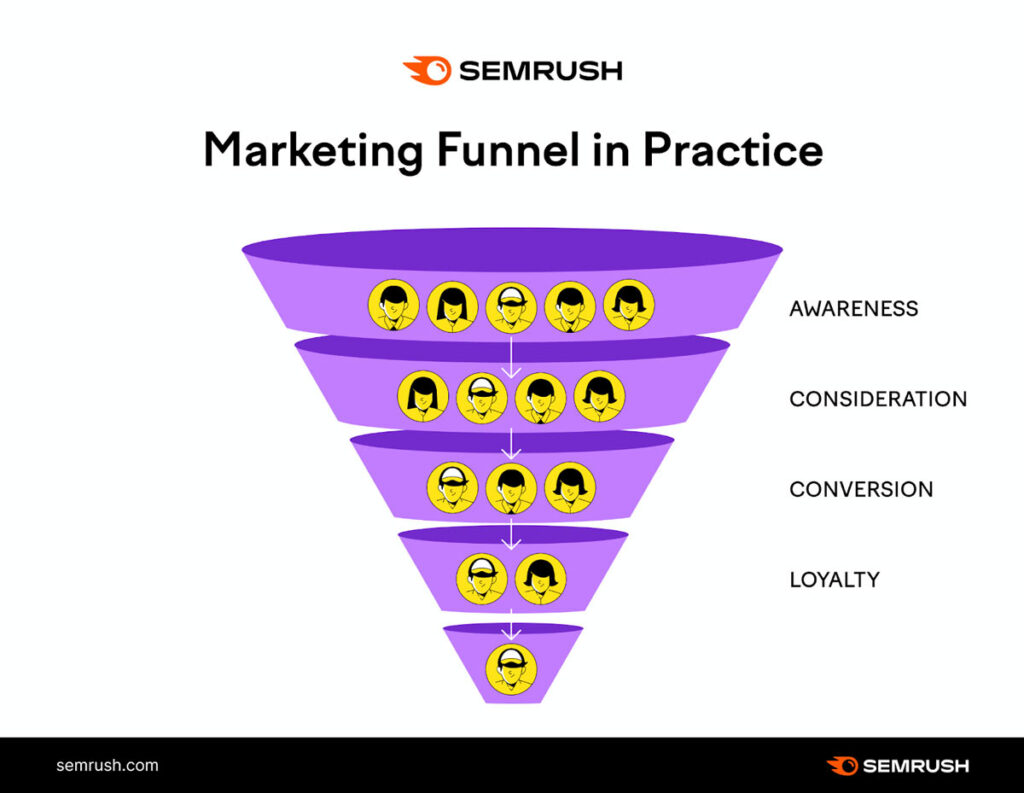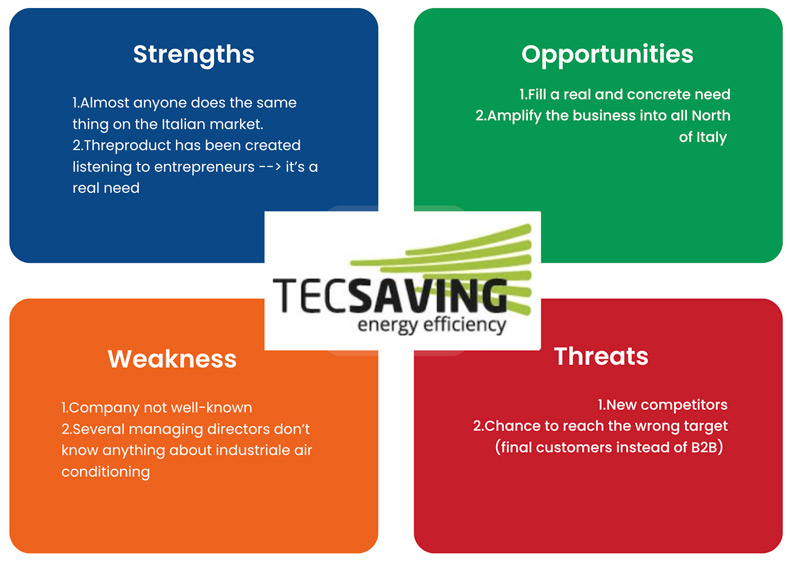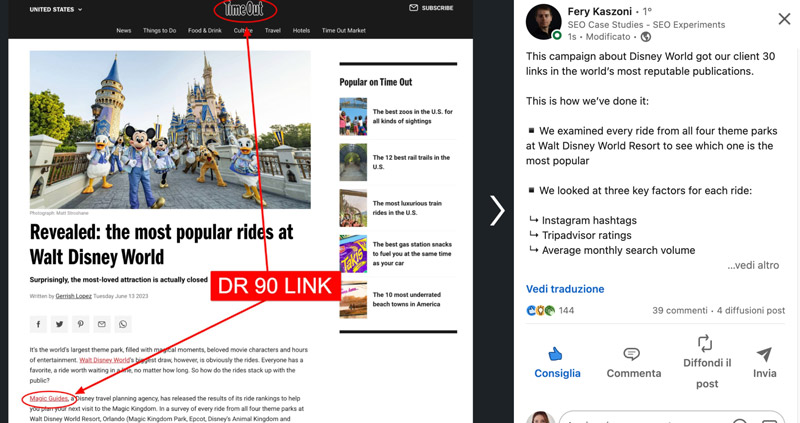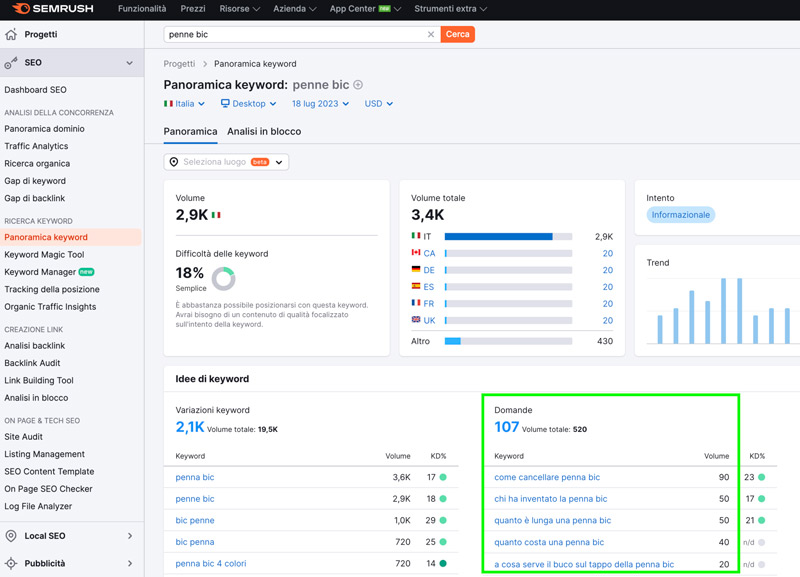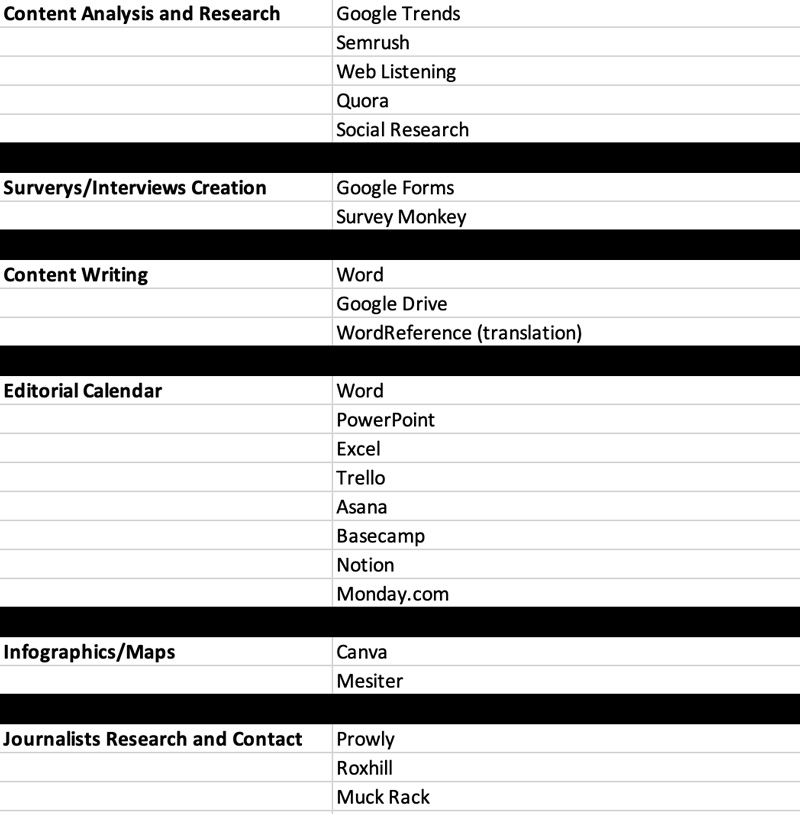Digital PR are not just the translation of traditional public relations into digital ones. There’s a lot more.
Digital PR: what do they mean?
Doing Digital PR means:
- Create a Brand Awareness and Reputation strategy with also a strong eye on Lead Generation
- Understand which are the magazines and websites important both for your target and for Google, according to business goals
- Be able to search for and contact the right journalist or blogger
- Identify which content is ok for the magazine
- Know the Link Building rules
- Create reports with only data that really matter
Digital PR Strategy
You have to think about your strategy as your map that you’ll have to keep with you everywhere: il will be helpful to know the journey you have to follow starting from point A to point B, that is your business goal.
Thanks to this map, you’ll be able to find problems or obstacles and be flexible to change your direction.
Are you ready to create your Digital PR Strategy, your map that you have to always keep in your desk?
The goals
The publication of news and articles shouldn’t be the only goal of your Digital PR activities.
It’s true that the Brand Awareness that you can get from mentions on your brand online is so important: focus on the funnel. Awareness is the starting point: getting a publication on The Times or BBC helps you to get your users trust and build authoritativeness and loyalty around your brand. That’s why several Companies decide to add a section in theirs homepages “As seen as” + magazine’s name.
This is PR Marketing: the user goes to awareness stage to consideration one, in which he/she takes into consideration the idea to contact the brand to know more about services or products.
The Digital PR goals are:
- Branding.
- Increase the traffic to the website. Digital PR are crucial for SEO: thanks to Link Building actions, you can earn trust from Google and optimize your website for specific top keywords.
- Authority. Being present on important and authoritative magazines is a sign for Google to know that your brand is important and well-qualified to the user’s eye. Here’s how authority works in the Customer Journey process:
- Push the word of mouth. Pay attention to the negative word of mouth: SEO helps you also to avoid negative comments about your brand. In this case, it’s important to create a SEO strategy to clean the serp form the top negative results.
- Increase leads: if the customer trusts the brand, he/she’ll easily contact the Company to receive more information about products/services.
The timing
The Digital PR activities should always be approached considering a medium time: at least 1 year.
It wouldn’t have any reason to work for a few months because:
- in two months you won’t be able to collect a significant number of publications
- Google needs time to recognize an authoritative website
- credibility and trust need time to be recognized
The target
Who are you addressing your message to?
When creating your strategy, you have to keep in mind your Buyer Persona, so you can choose the best magazine for the right audience.
For a client about desigh&home decor we reached two different targets:
- B2C, that is the final customer who wants a design home furniture
- B2B, that is the interior designer or the architect, who will suggest our client’s furniture to the final customer
That’s why our magazines selection was focused not only on online magazines such as Elle Decor or Marie Claire Maison, but also on technical ones, like Architectural Digest.
KPIs
Let’s highlight the difference between KPIs and metrics: the Key Performance Indicators are the macro-area under which there are the metrics, that are quantitative elements to analyze to check if you’re reaching your KPIs goals.
Let’s do an example:
A real KPI for Digital PR can be: “+20% leads from PR into 6 months”. Metrics can be:
- number of online and social mentions
- increase traffic to the website
- increase of average time on the website
- increase of questions by potential customers received by email or socials
Brand Analysis
Why do you need this analysis?
If you don’t know the brand well, you won’t be able to find news and content that journalists want to share.
I suggest you to use the SWOT Analysis to find strengths, weaknesses, threats and opportunities.
Here you can find an example of one of our B2B client dealing with industrial air conditioning:
Editorial Calendar
It’s a file including all contents you would like to publish: articles, news, press releases.
You can create it with the format you prefer or using tools: Excel, Word, Asana, Trello, Notion, Basecamp, Monday.com
The goal of using the editorial calendar is to have an eye on content, publications, timing.
Here’s an example of our SAAS client:
Thanks to this calendar, you keep yourself organized: if you know that an article is going to be published in October, you’ll have to work on it in September.
How to find interesting and useful news angles
What to write about for your Digital PR plan?
The first step you have to jump in is the Content Creation: how to find new content ideas?
Always remember that a news has to make journalists say “wow, amazing”, otherwise it will not be published. I know that for some markets and some kinds of content (for example press releases) it’s difficult, but you have to try to find that can be easily sharable, such as:
- results of surveys or interviews
- market researches, data
- fun facts
- behind the scenes
Here’s an amazing content about the most popular rides at Walt Disney by Fery Kaszoni and his team:
Several magazines published this funny article, including a dofollow link to Fery’s client, so that he also gained new top positions on Google.
So, how to start to find new content ideas?
1.Analyze content you already have
Which content?
- the story of the brand
- the behind the scenes
- fun facts
- business operations
- interviews to managers and directors
2.Search amazing ideas on social networks
Go on Twitter and Instagram, write hashtags (= keywords) related to your business and read all mentions.
Let’s suppose your Company deals with clothes for girls, go on social networks and type “t-shirts for girls”: you can find which are the most preferred colors, which models, how girls fit t-shirts with other clothes and so on. These are starting points for you to write new content.
3.Use Quora
Quora is not a social network, but a Q&A platform. Also on Quora you can search for keywords and see results: questions and answers about a topic will be inspiring for your new content creation.
4.Use Semrush
Once you type your keywords, don’t analyze only the volume (important to see the interest around that topic), but also questions users ask: you’ll already find examples of headings for your content.
Research of magazines
Most of the time, firstly you search for medias and magazines, then you write content because you have to know what that magazine write about, with which tone of voice and which is the right journalist to address your message.
So, how to find right magazines for your content?
- 1. On Google type “magazine+business area” (“design magazine”)
- 2. On Linkedin type “journalist+business area” choosing the tab “People”: see for which magazine every journalist works
- 3. Go to websites of big PR agencies, go in “Clients” page and keep someone in mind. Then, go on Google, type the client’s name and search in “News” tab: analyze on which websites this Client gained the publication.
How to find journalists contacts
- 1. When you find interesting magazines for you, search for the signature of the journalist: apart from name and surname, you sometimes find the Twitter profile. Go on Twitter, send him/her a DM asking for the email and telling him/her why.
- 2. Do the same think on Linkedin. Remember to add a note explaining why you’re contacting the journalist and who you are.
- 3. Go to the “Contacts” or “Who we are” section of the magazine: sometimes you’ll find all journalists with name, surname and email.
- 4. Use tools (they’re not free, I’m sorry”!) that allow you to find the right journalist based on the topic. Some of them: Muck Rack, Roxhill, Prowly.
PRO TIP: If you can’t find the journalist’s email, try Hunter.io, a tool that finds emails for you.
How to create an effective report
Our suggestion is to create a report with only data that count, so you’ll be able to make data-driven decisions for your business.
Which data you have to analyze?
- The number of publications you gained.
- The quality and the authority of magazines where you’ve been published. From a SEO point of view is so important the quality of websites (and links!).
- The number of social mentions. Do some Social Listening: type some hashtags related to your business on strategic social networks for you or use some tools such as Hootsuite or Brand24.
- Go to Google Analytics –> Acquisition –> Traffic Acquisition–> choose the “Secondary Dimension”. As secondary dimension, flag “Source/Medium”. In this way, you’ll see all the channels (included Digital PR portals) that are increasing your website traffic.
Don’t stop at sessions: analyze also the bounce rate, considering that a good one is under 60%.
5 Errors to avoid
- 1. Don’t contact the journalist without having analyzed his/her articles before, what he/she writes about, how, which tone fo voice uses. Take time to build a strong relationship.
- 2. Don’t think that, once you have sent the press release to the journalist, he/she HAS to publish it. It is never said.
- 3. Once you have sent the press release, don’t think it will be published the day after…
- 4. To do the follow-up, wait at least for 5 days/one week: journalists are too busy, they can receive 200 emails daily.
- 5. When you send a press release, write a good email object, so that the journalist can immediately understand what your content talks about. For example: “The 5 most read books by Italians | Press Release”.
Useful Tools: Checklist
Digital PR experts to follow
- Fery Kaszoni
Founder of Search Intelligence, he share Digital PR tips daily on Linkedin
- Amelia Sordell
Founder fo Klowt, Personal Branding Agency, teaches you how to increase your personal branding to get new client. Follow her on Linkedin and Instagram.
- Shai Aharony
Founder of Reboot. Follow him on Linkedin.

